Ruins of the Sutro Baths
The seawater playground of gilded-era San Francisco burned to the ground in 1966.
Low stone and concrete walls and twisted, rusty steel supports are all that remain of the enormous glass-enclosed public baths at Point Lobos. The baths were the labor of love by gold-rush millionaire engineer and one time San Francisco mayor Adolf Sutro, who was dedicated to providing low-cost, wholesome entertainment to the people of the city. This dedication may have been the result of coming of age in one of the most notorious dens of iniquity: gold rush era San Francisco.
Just 20 years old when he arrived in 1850, German born Sutro was an ambitious young engineer in a town of miners, gamblers, and brothels. He made his millions a decade later by saving the Comstock silver mines in Nevada from treacherous flooding that was said to kill one miner for every ounce of silver mined. His tunnel design not only saved lives, it released even more silver and made him enormously wealthy in the process.
Starting in the 1880s Sutro began to acquire land on the outskirts of the city, and at one point it was said that he owned as much as 1/12 of the entire city. On the 22 acres of land he acquired along the Pacific coast, he built lavish public gardens, rebuilt the beloved Cliff House into a gingerbread Victorian icon of the city, and began works on what he first called his ‘aquarium’.
The first stages of building was a relatively modest artificial tide pool in the natural cove next to the Cliff House. He then began developing plans for an extraordinary public bath house. Public baths were a rage of the time, and he may have been inspired by classical baths he saw while traveling in Europe.
Covering three acres, six tide-fed seawater pools of varying sizes and temperatures were housed under enormous glass arches. The construction required 10,000 barrels of cement, 1.7 million gallons of sea water, and $1 million 1896 dollars. A promenade overlooking the pools featured a museum of curiosities collected by Sutro on his travels, including exotic plants, taxidermy, geologic specimens, and Egyptian mummies. Guests could avail themselves of 500 tiny dressing rooms and observation bleachers with seating for 3700 spectators.
A wonder of their times, the baths were at first enormously popular. But over time the costs of maintaining the huge building became a burden. In the 1930s an ice rink was added, and the pools remained open until the 1950s. By 1966 it was destined for demolition, but it caught fire under suspicious circumstances before the process could begin, and was completely destroyed. The area is now a part of the National Park Service.
It is still possible to make out the contours of the building, and walk along the sea wall. The only pool that is easy to identify today is the remains of the deep diving pool, which still shows supports for ladders and a bit of blue paint. The ruins are publicly accessible, but the terrain is rough and can be dangerous, especially in bad weather. The main paths however are easy to traverse, and let you get a better look at the parts too dangerous to now enter. A cave tunnel through the mountain is also accessible, with views of underwater channels.
The Sutro Egyptian Collection of Egyptian artifacts from the promenade museum is now part of the San Francisco State University collections, and can be seen by appointment.
Parts of Sutro Baths can also be seen in the film Harold and Maude, which was filmed after the fire, but when more of the ruins were still safely accessible to the public.
Know Before You Go
There is a path from the Cliff House property down to the ruins.At certain times of the year, the baths are covered in water depending on the tides.

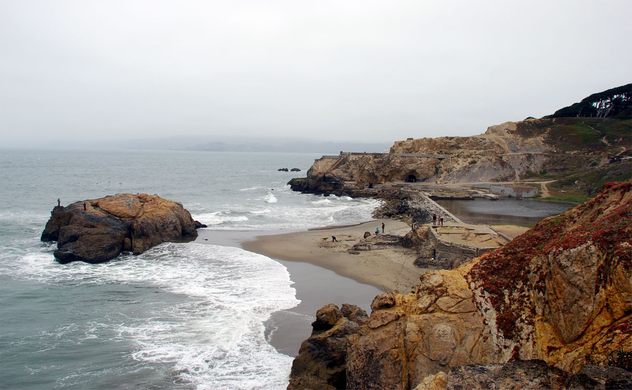
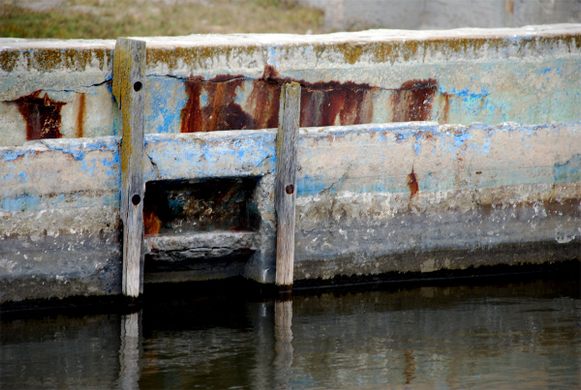



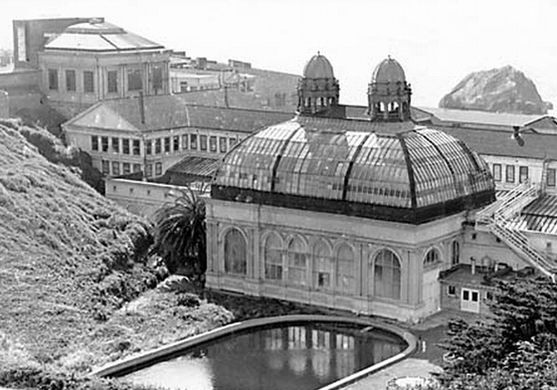

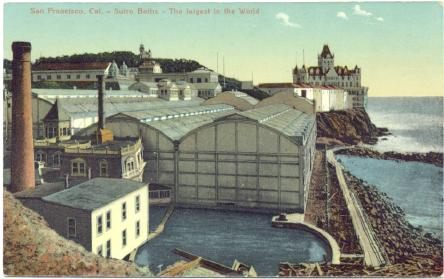
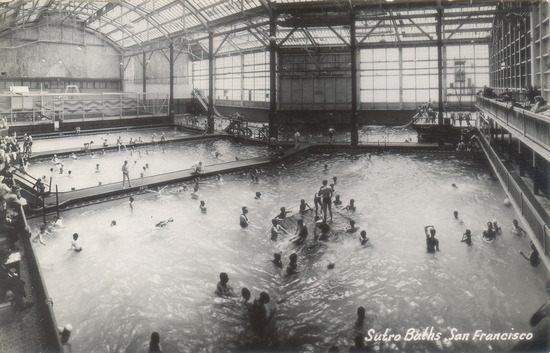


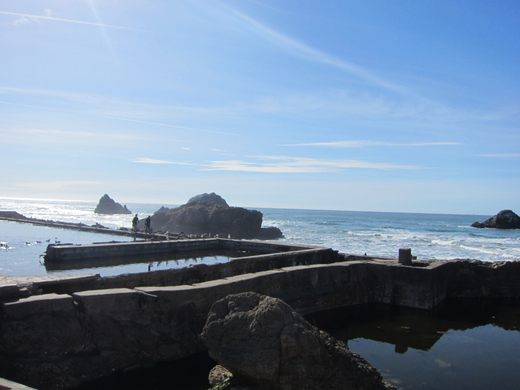






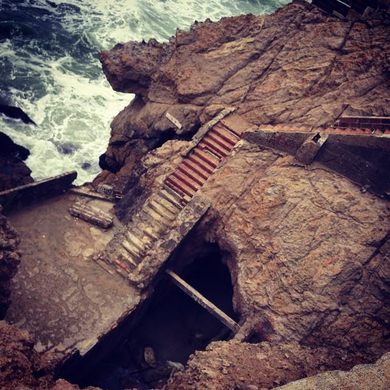
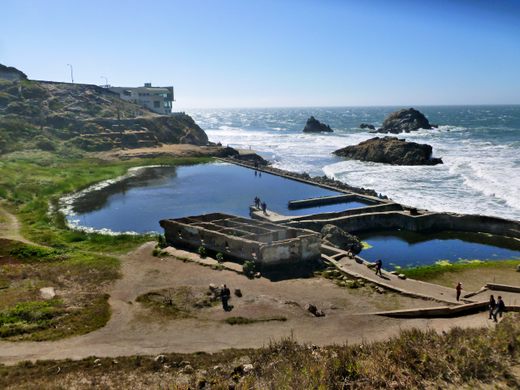
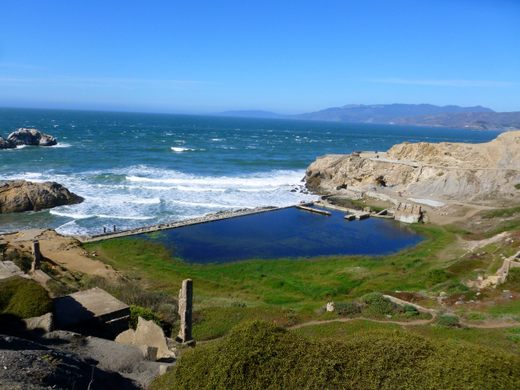
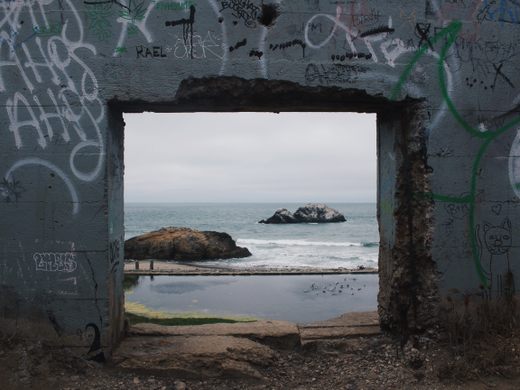
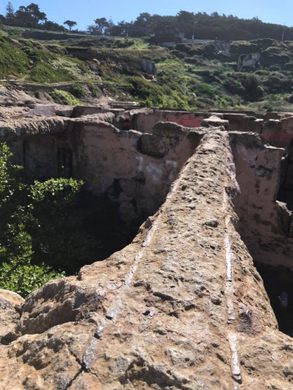







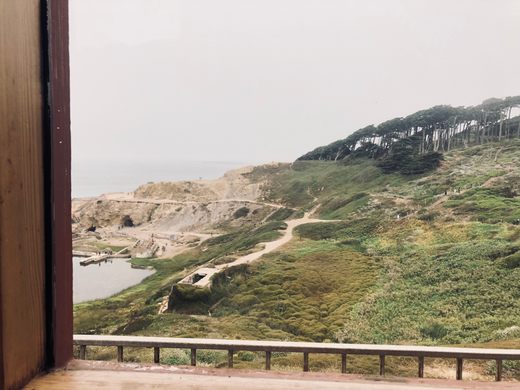
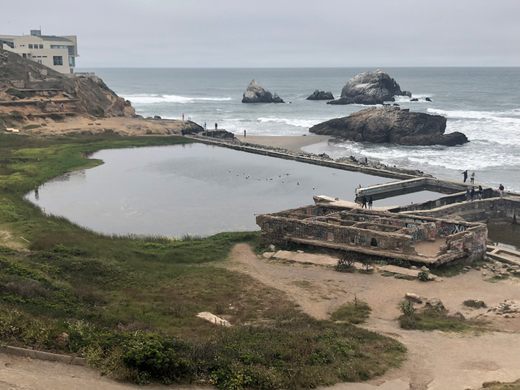


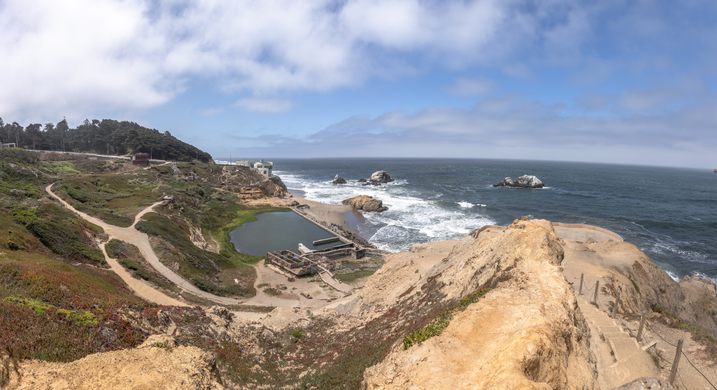




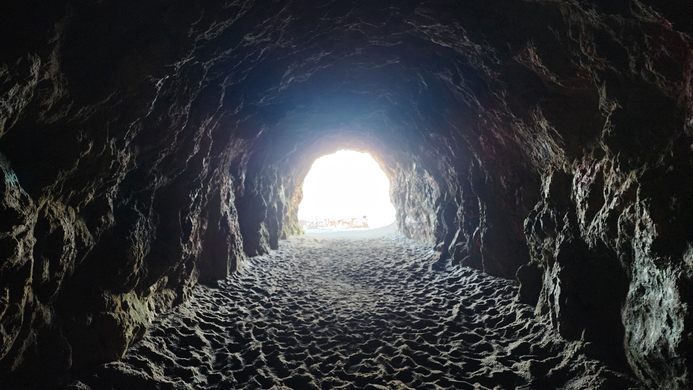
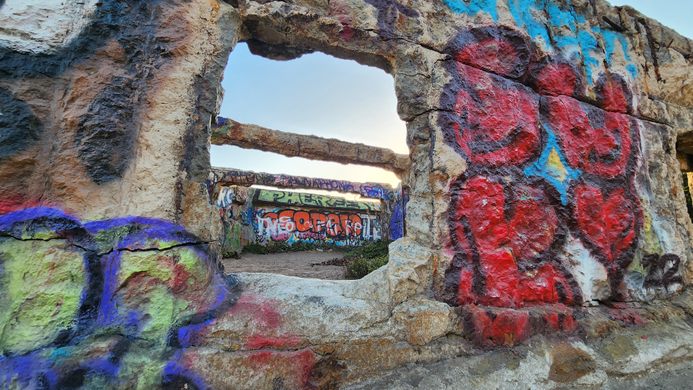
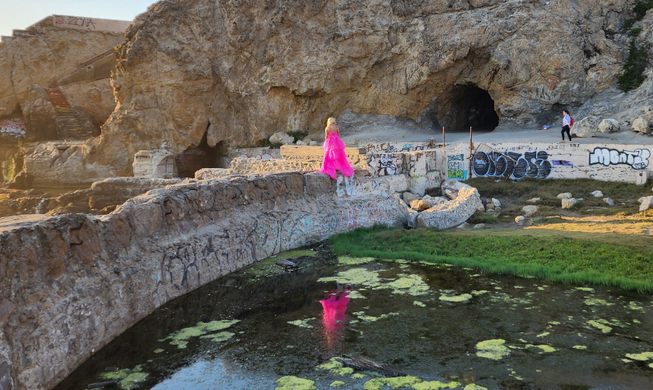
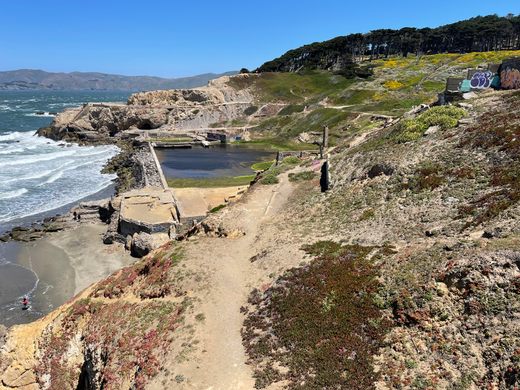

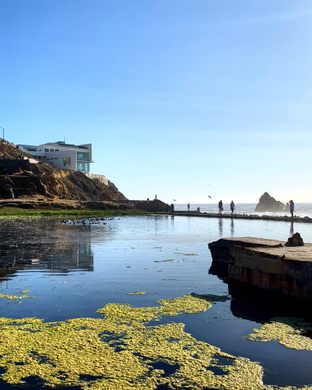
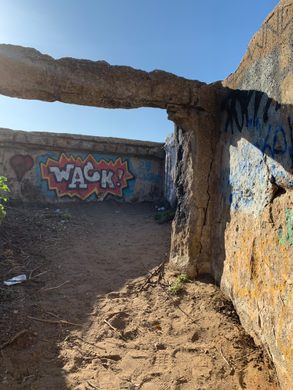
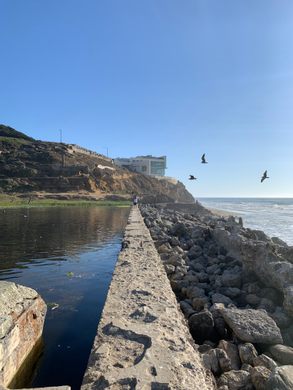
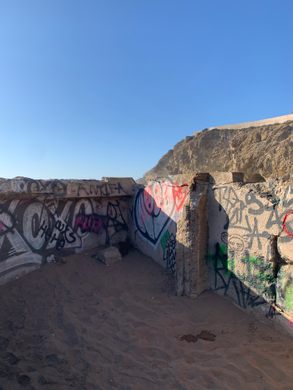
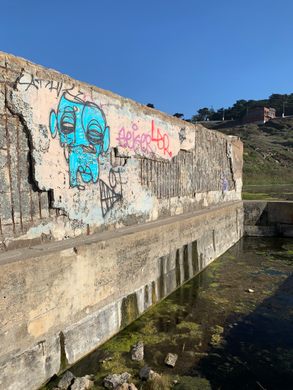
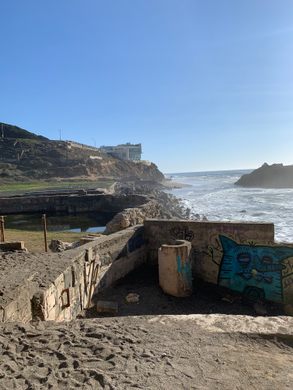
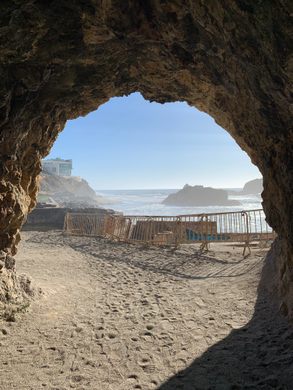
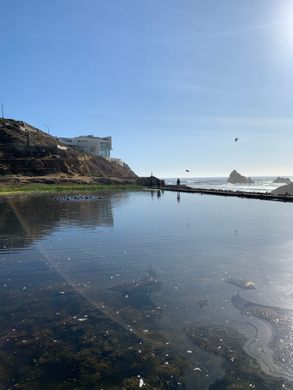
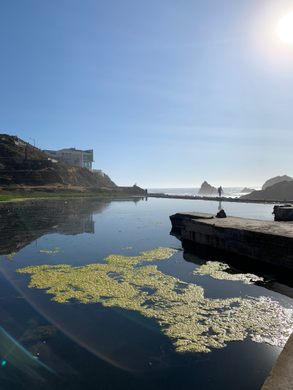


























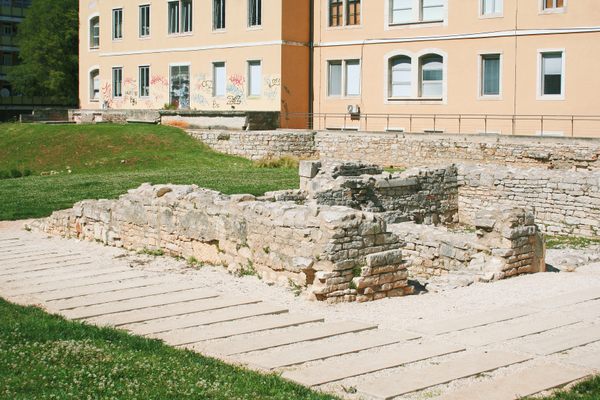




Follow us on Twitter to get the latest on the world's hidden wonders.
Like us on Facebook to get the latest on the world's hidden wonders.
Follow us on Twitter Like us on Facebook